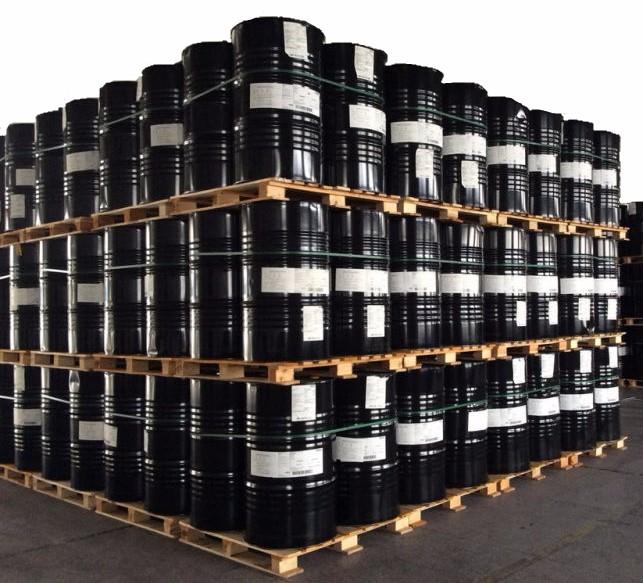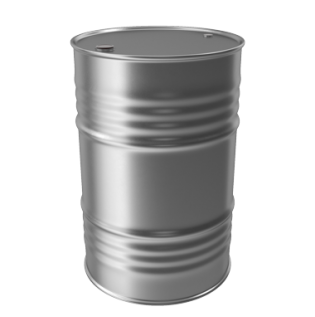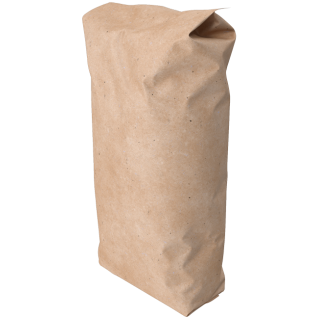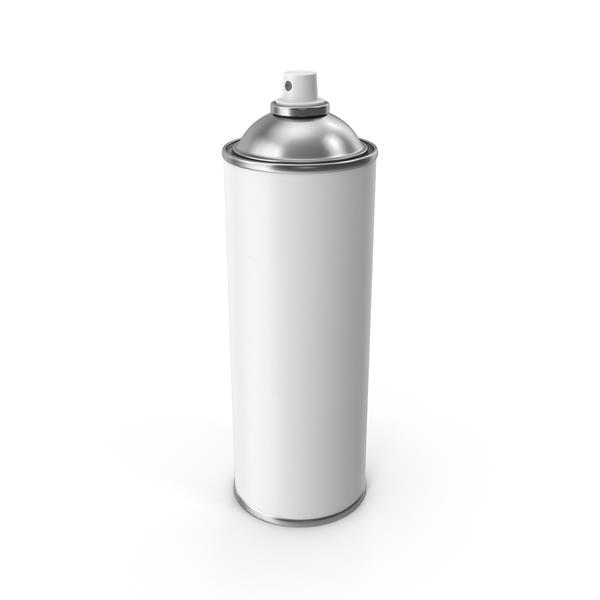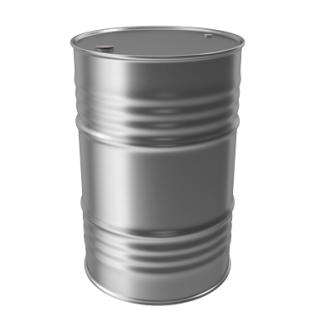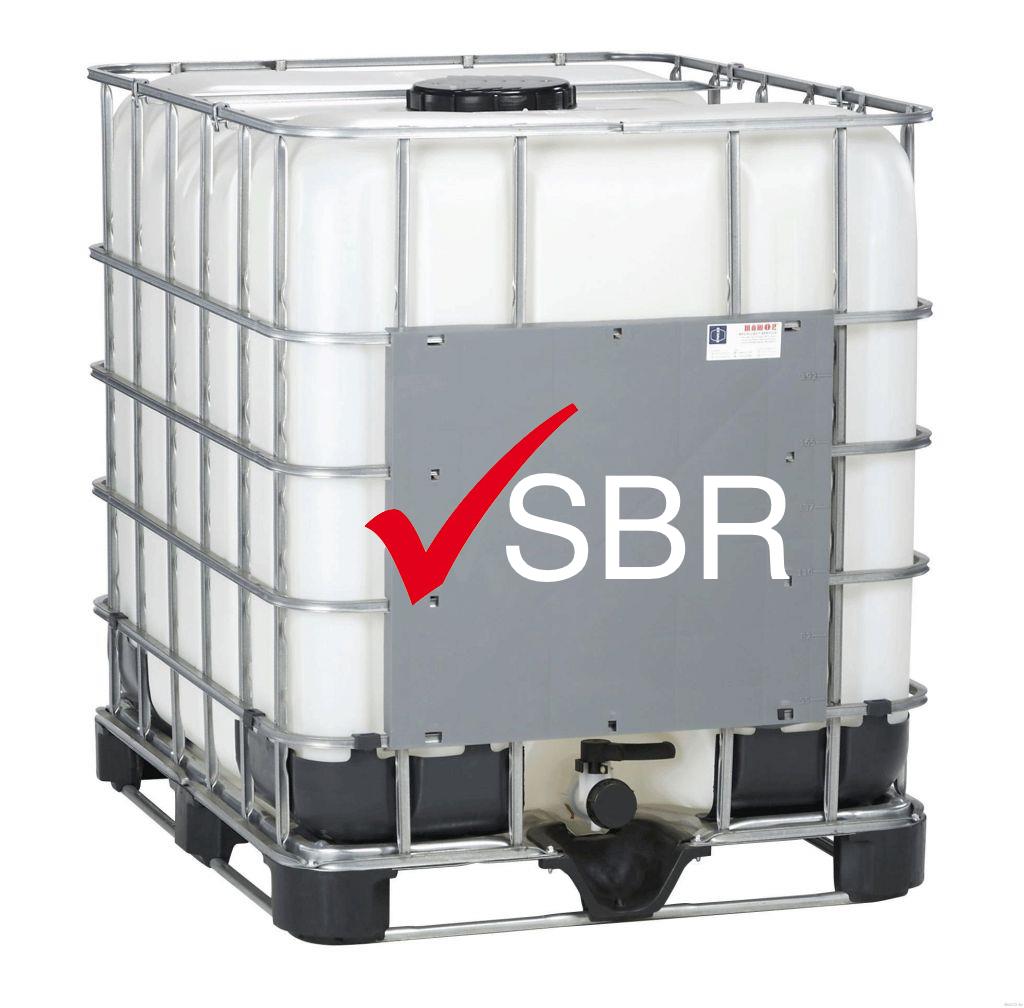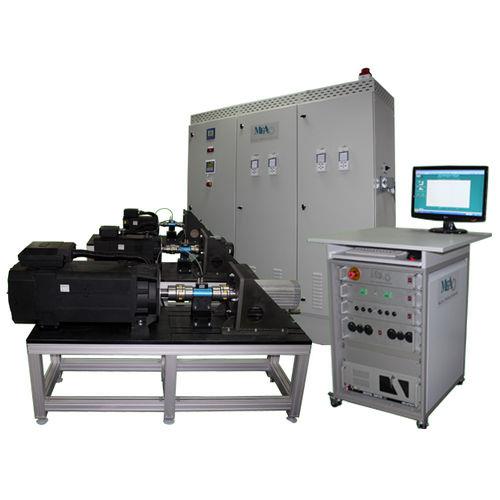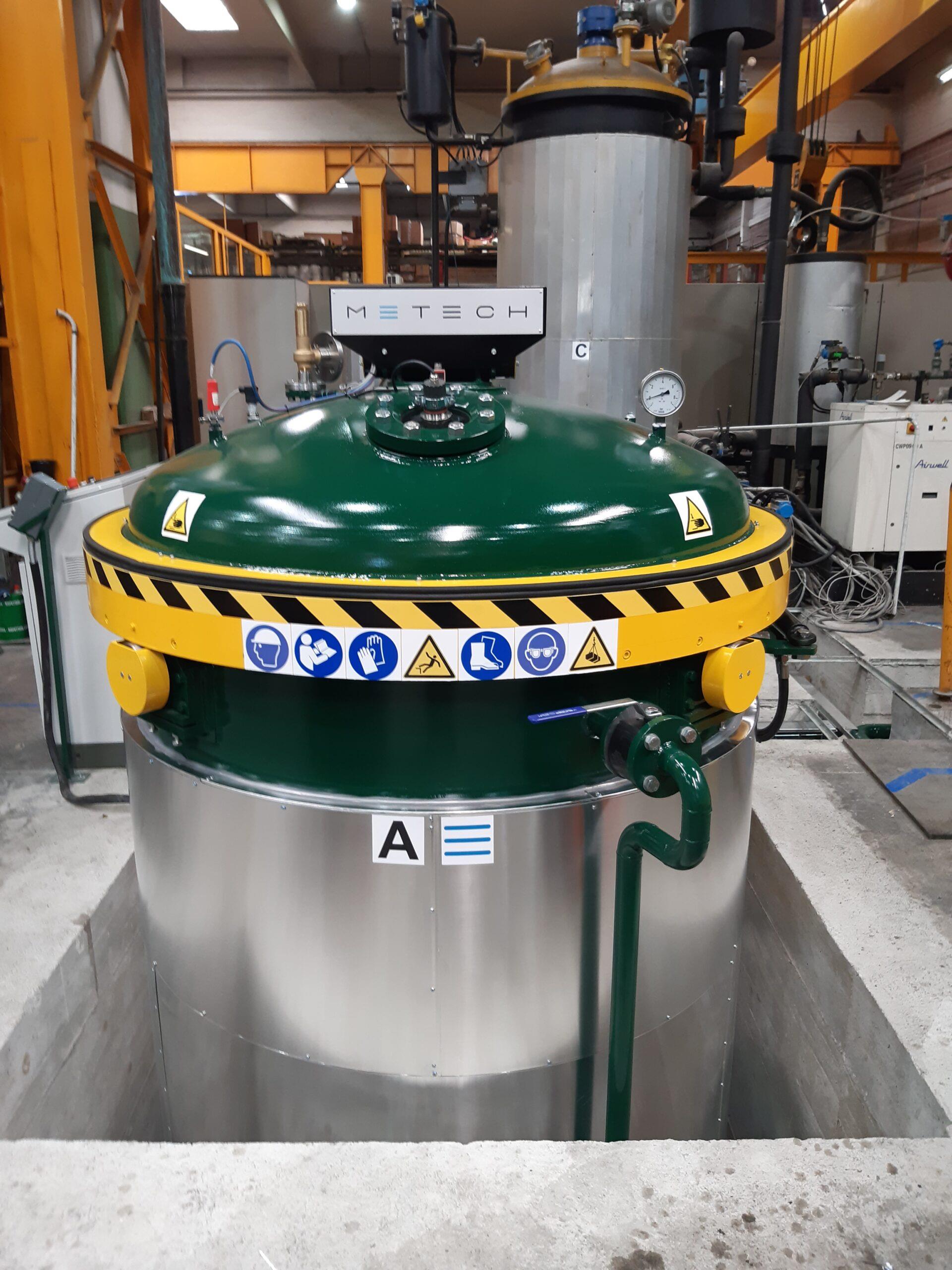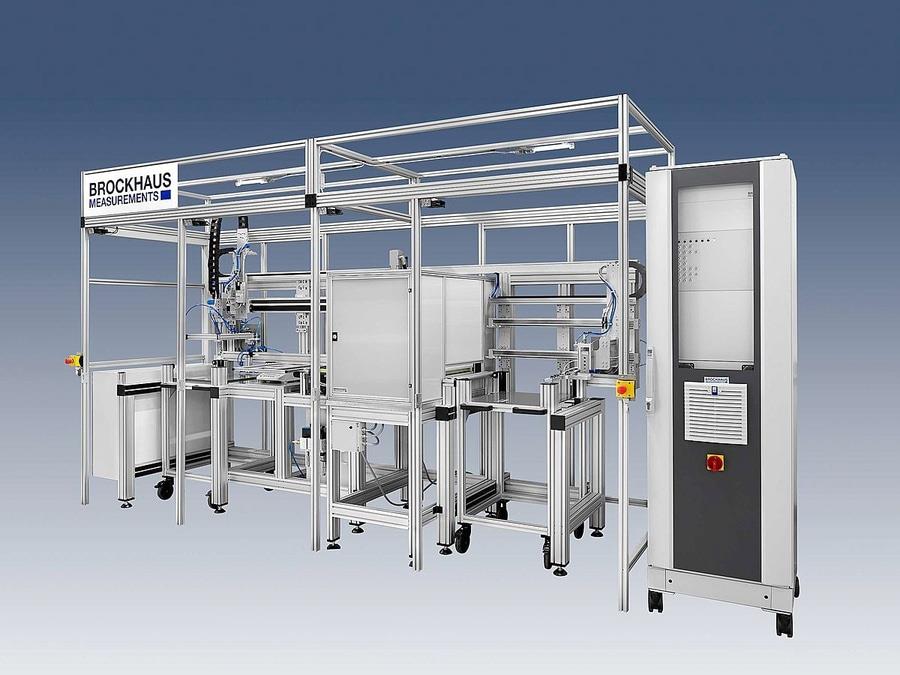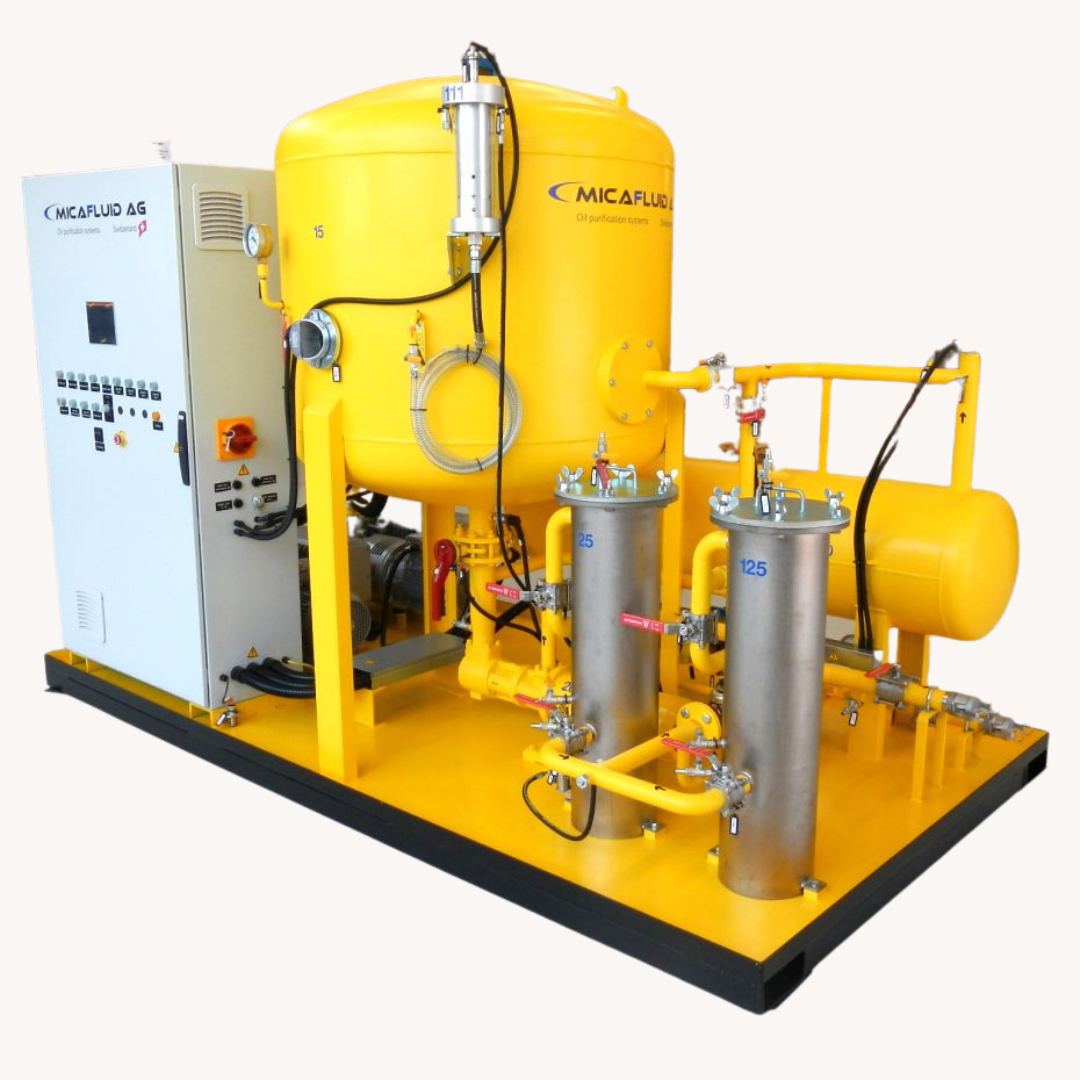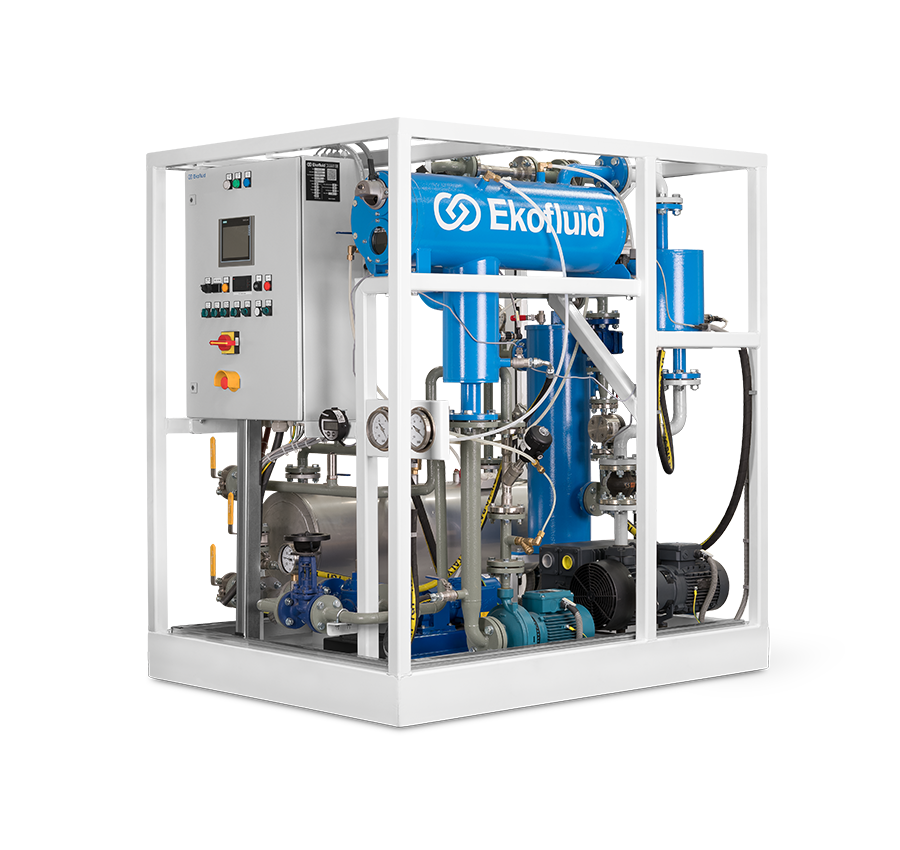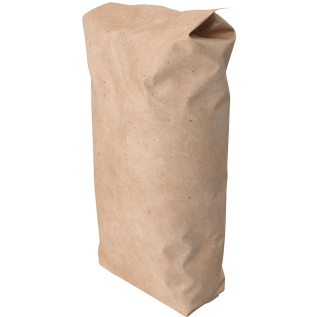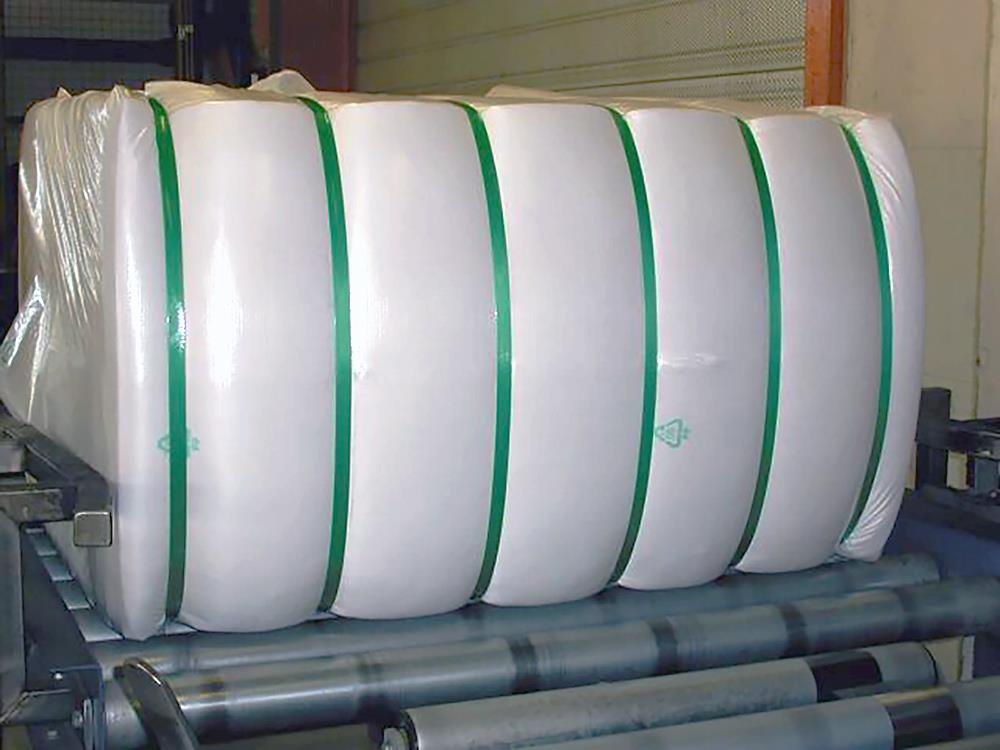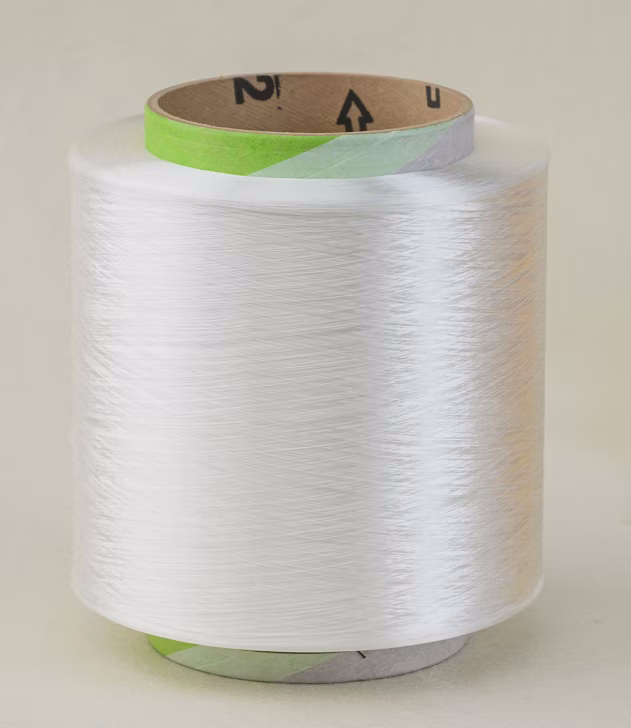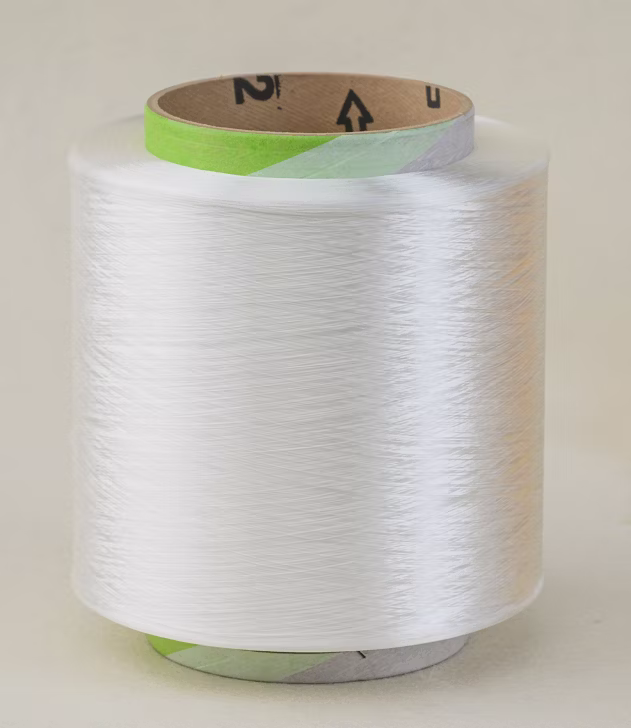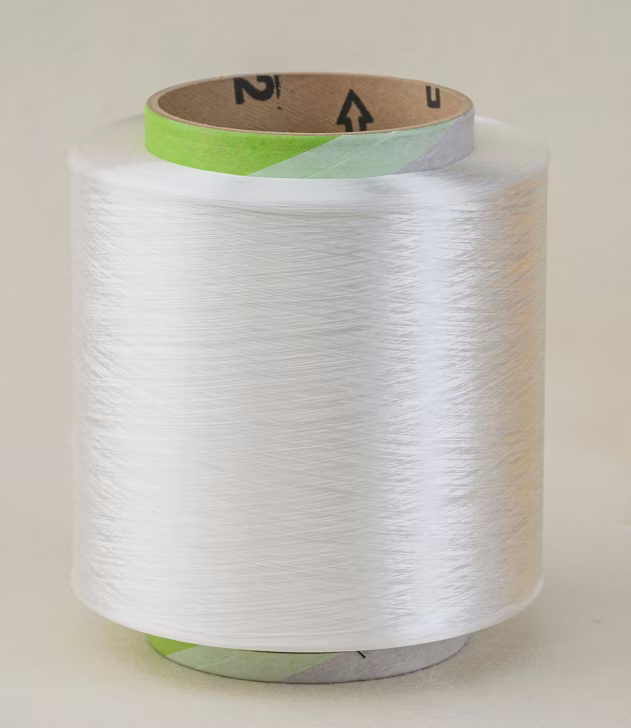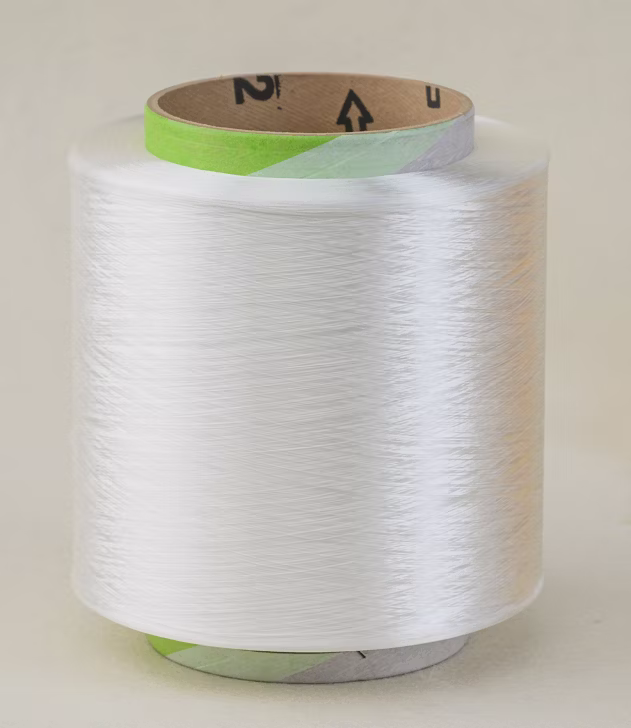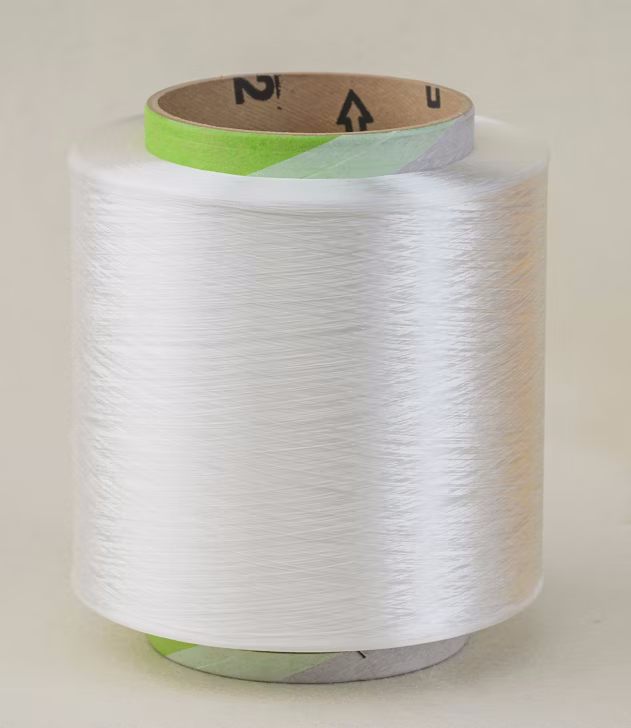Conformal Coatings and Resins: Their Role in Protecting LED Lighting
Conformal Coatings and Resins: Their Role in Protecting LED Lighting
Regular readers of our blogs will no doubt be aware of the phenomenal growth of the LED market, spurred on by bold new architectural designs, the universal pursuit of energy savings and the march towards more efficient, reliable and long-life lighting systems. And with the design freedoms and application possibilities now offered by the technology, in as little as two years from now, LEDs are predicted to take almost a three-quarter share of the lighting market to become the most commercially viable lighting technology.
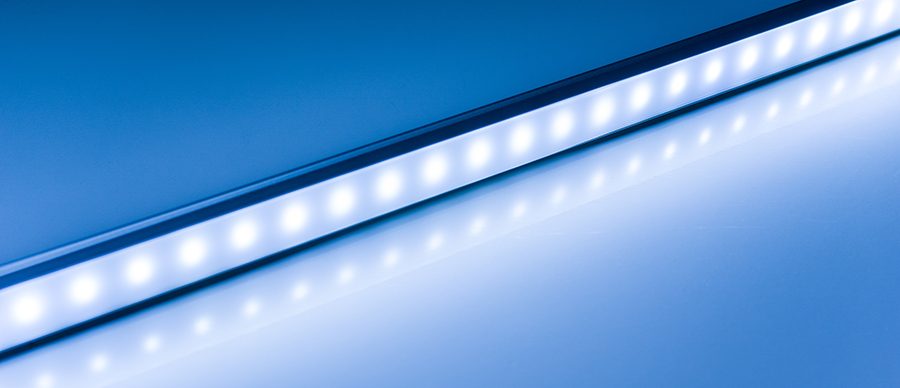
The outdoor lighting market is a typical area where LEDs have opened up new opportunities for architectural designs in a host of applications, including under-floor lighting in heavily trafficked areas and imaginative underwater illuminations, both of which we’ll examine more closely later in this column. These are particularly demanding environments for LED lighting, but the long life and compactness of LED arrays, which make them the better option for hard-to-access spaces, make them by far the most compelling alternative to other, more energy intensive forms of lighting.
However, like all electrical and electronic assemblies, LED luminaires must be adequately protected from these potentially severe and punishing environments. Modern LED luminaires consist of many discrete surface mount LED chips soldered to a supporting structure which may be rigid or flexible. Within that assembly there are likely to be associated electronic circuits such as power supplies and drivers, and these, too, need protection. As with the vast majority of circuits, the two most common forms of protection are provided by conformal coatings and encapsulation resins.
The role of a conformal coating in extending the lifetime of an LED luminaire is no different to its function in protecting a regular circuit board – the coating must resist adverse environmental conditions and prevent corrosion or signal leakage in the presence of high humidity or a salt-mist atmosphere. The only real difference is that the coating needs to be sufficiently optically clear, and remain so over the lifetime of the lighting fixture to prevent deterioration in the quality of the LED’s light output, particularly its colour and intensity. The coating must also offer very high UV stability if the luminaire is destined for an outdoor application.
Acrylic conformal coatings for LEDs provide both the necessary clarity and colour stability combined with excellent humidity and salt mist protection. The carrier fluids for these coatings can be solvent or water based, depending upon the production requirements imposed by the lighting manufacturer.
When a coating is applied to an LED lens, a colour temperature shift will occur and typically this will be from a ‘warm’ to a ‘cooler’ temperature, varying between different LED types and colour temperature bands. Conformal coatings are typically applied thinly and a thin film will help minimise colour temperature shift issues.
The problem with conformal coatings, however, is that they cannot provide adequate protection if the LED luminaire is subjected to frequent immersion in water, chemical splashes or contact with corrosive gases. Here it is better to consider using an encapsulation resin – available in epoxy, polyurethane and silicone chemistries – which will offer a much greater level of protection.
However, we have created a new solvent free, two-part conformal coating series, whereby the coating behaves like a resin with the easy application of a conformal coating. The 2K range, including the LED suitable 2K500, are all hydrophobic coatings, providing excellent water, moisture and condensation protection, including salt mist.
Therefore, before making a choice between potting and coating, in certain applications, it is worth considering where a two-part resin formulation may have been the first choice for circuit protection, a two-part conformal coating may turn out to be the better approach, thanks to its superior mechanical properties compared to one-part coatings. The 2K series is based on similar two-part chemistry to resins, but designed to be applied by selective coating equipment in the 200-400 micron range, combining many of the advantages of both technologies and minimising many of the drawbacks of each. Moreover, switching from a resin to a conformal coating will eliminate the weight penalties of the former, which may be critical to some applications.
As for encapsulation resins, epoxies are mechanically strong but can be inflexible, which can lead to problems during thermal cycling. Moreover, standard epoxy systems do not offer the clarity and colour stability of other systems. Silicone resins do offer excellent clarity and also perform well at temperature extremes, whereas polyurethane resins offer a combination of good flexibility, clarity and a high level of protection in harsh environments.
To meet the increasing demands from LED manufacturers, we recently developed an optically clear, flame retardant resin. The two-part, semi-rigid resin cures to provide a flexible, protective and aesthetically pleasing covering over the luminaire elements. The aliphatic chemical nature of the cured resin is naturally resistant to the yellowing effects of UV light, making it useful for a range of outdoor as well as indoor applications. It is also scratch resistant and offers high resistance to weather, acids and alkalis, water and mould growth. Importantly, the resin is flame-retardant and UL94 V-0 approved, making it eminently suitable for the protection of LED luminaires exposed to hazardous atmospheres, such as emergency lighting, or lighting intended for installation in ATEX rated/zoned industrial environments.
Resin products have been used effectively in a variety of interesting LED applications, two of which were alluded to earlier in this column. The first, completed for a customer in India, involved finding a suitable means of attaching individual lenses to the elements of multiple LED arrays. The function of these lenses is to scatter or focus light from the arrays, as required, and while some of them are held in position by fasteners, most are secured in place with a locking mechanism. The locking mechanism is perfectly adequate when the luminaire is placed in situ but it tends to loosen during transportation leading to the lenses becoming detached and causing damage to the array. Following an assessment of the customer’s needs, Electrolube India’s technical team decided that Electrolube’s UR5634 a two-part, semi-rigid polyurethane resin would more than meet the requirements of this application, particularly as it offered an exceptionally fast cure time while having the requisite stable optical clarity and a water-white transparency, which makes it the resin of choice for both aesthetically decorative LED luminaires and those that must have effective protection against adverse environmental conditions.
The second application concerned a project undertaken for an Australian customer who had a number of issues with the resin encapsulation of a particular LED lighting unit that had been designed for swimming pool illumination. The lighting unit had to be sealed not just against freshwater, but also saltwater – saltwater pools being particularly popular in Australia. Apart from being able to tolerate a working temperature range of 5 to 40°C, as well as being flame retardant, the resin colour was another important issue for this project, where a light blue shade was preferred for aesthetic reasons.
Previously, the customer had been using an epoxy resin, but due to the highly exothermic reaction associated with epoxies, some slight deformation of the base unit was occurring as a result of the high temperatures generated during resin cure. So the choice was narrowed down to polyurethane – in this case, Electrolube’s UR5097 encapsulation and potting compound. The cured polyurethane has a wide temperature range, good thermal conductivity and is also flame retardant to UL94 VO. The extremely low water absorption rate was considered the most critical property for this application. Normally black in colour, the resin was reformulated to the customer’s desired shade and matched against a RAL standard prior to shipping.
.png)
So, how do we choose which approach is best for a particular application? Clearly, there will be applications where the choice of technology is obvious; for example, where harsh environment duty demands the highest level of protection. In this case, users can be confident that potting and encapsulation will provide the necessary long term protection, so long as the correct resin has been selected, tested and approved for the prevailing environmental conditions.
If you do experience problems choosing between these methods of circuit protection, remember, there are experts out there to help. And it is always worthwhile taking the trouble to test alternative methods of protection preferably at the prototype stage before you make your final choice; the experts are ready to help you with this task as well.




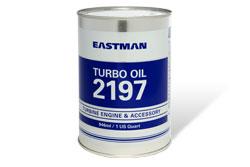
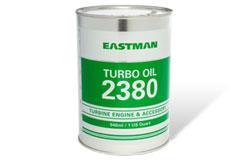
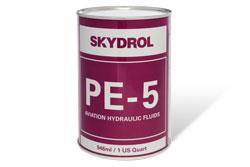
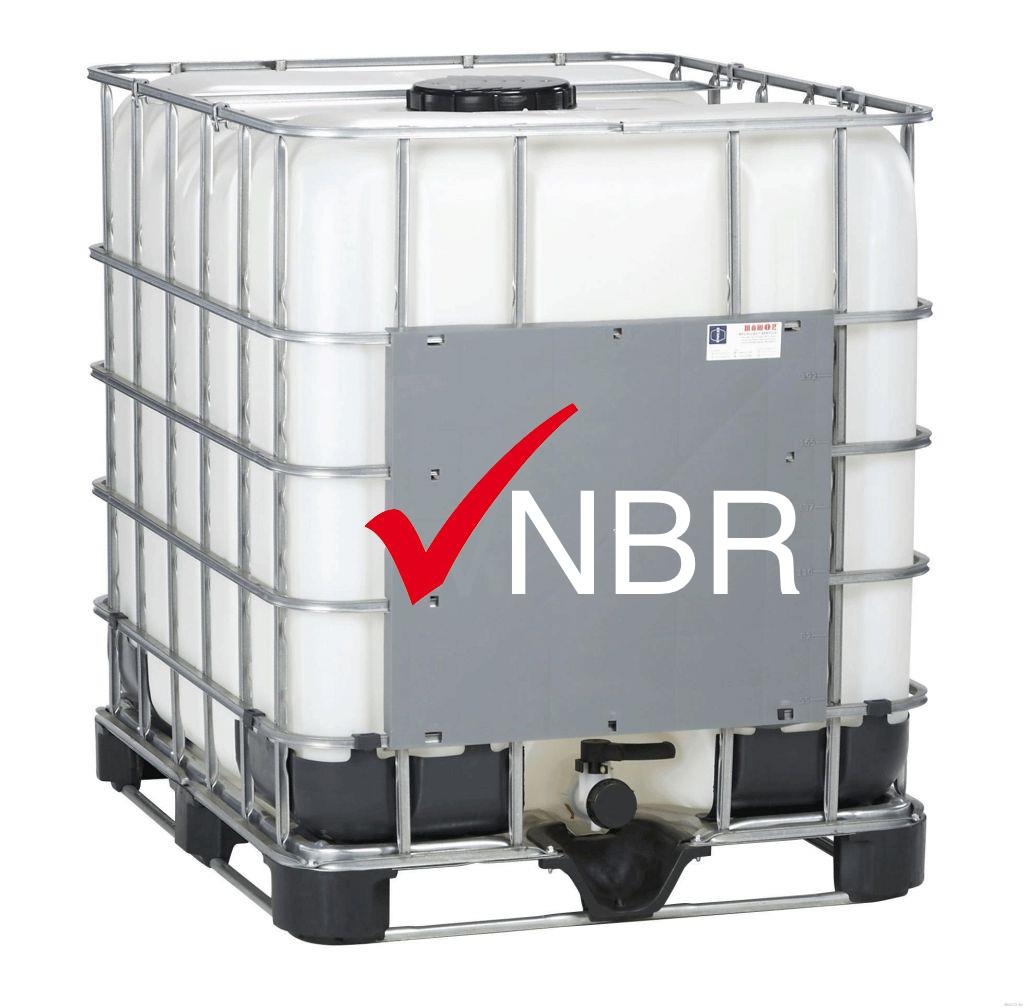
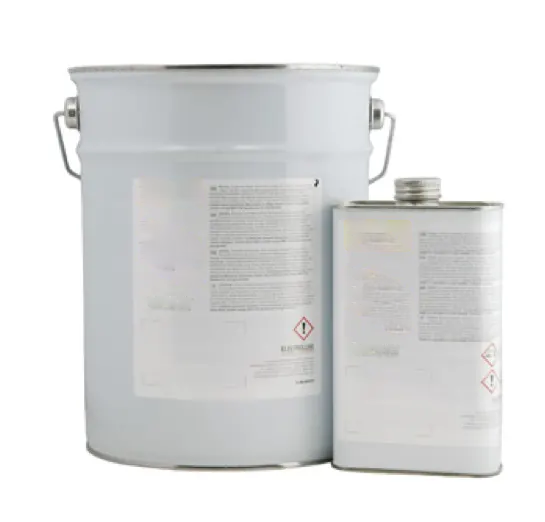
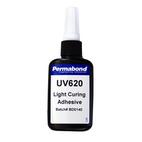
 Permabond
Permabond Demak
Demak Therminol
Therminol Eastman Aviation
Eastman Aviation LEFA
LEFA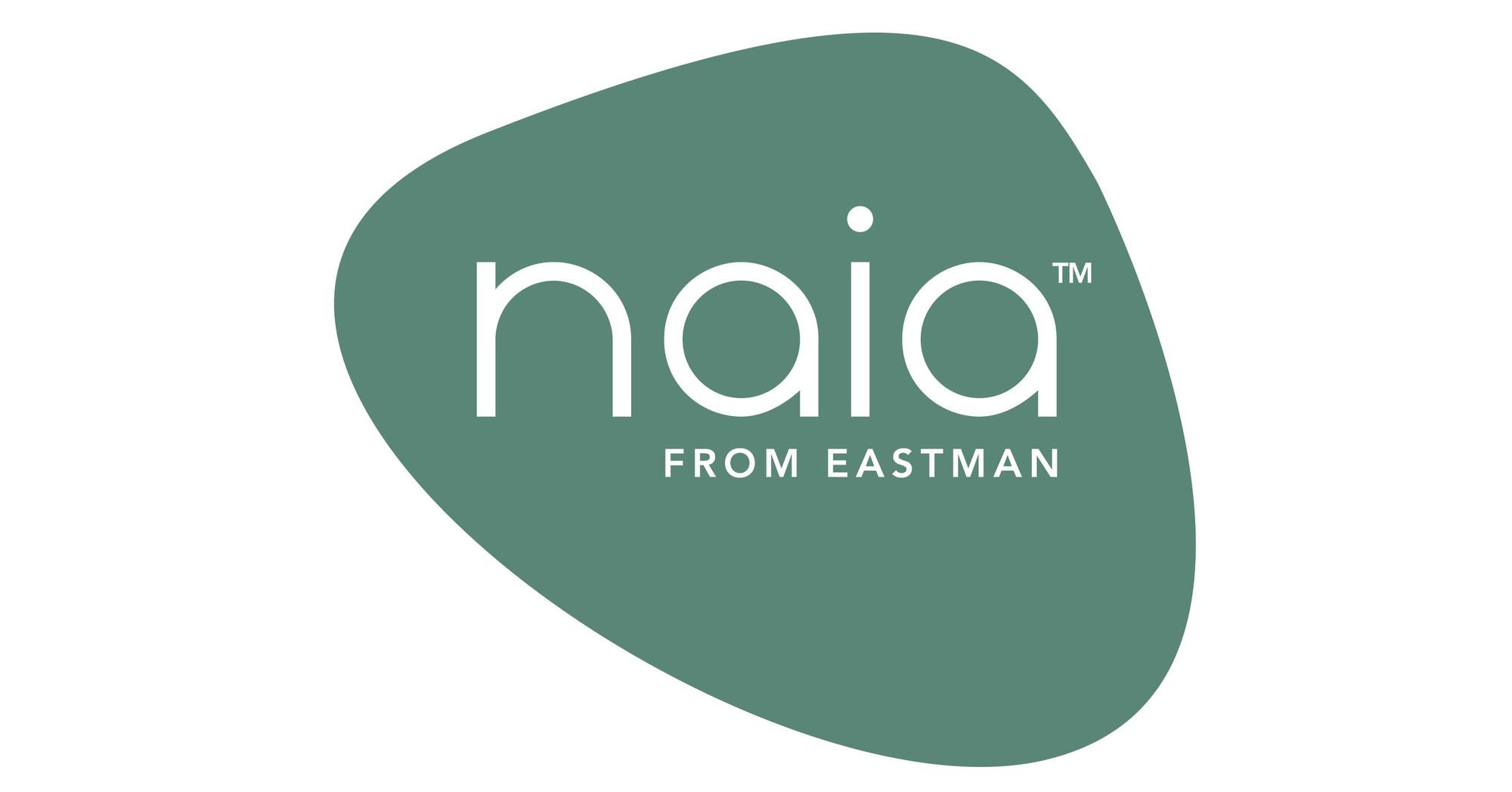 Naia
Naia LPS
LPS Marlotherm
Marlotherm Atul
Atul LPS Sprays
LPS Sprays
 LPS MAX
LPS MAX
 DYKEM
DYKEM
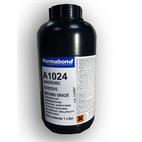 Anaerobics
Anaerobics
 Cyanoacrylates
Cyanoacrylates
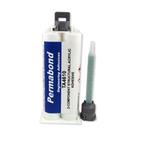 Structural Acrylics
Structural Acrylics
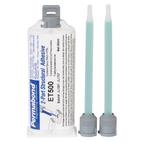 2-Part Epoxies
2-Part Epoxies
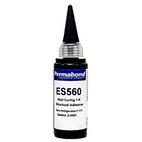 1-Part Epoxies
1-Part Epoxies
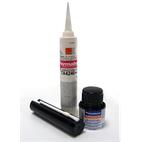 Polyurethane Adhesives
Polyurethane Adhesives
 UV Adhesives
UV Adhesives
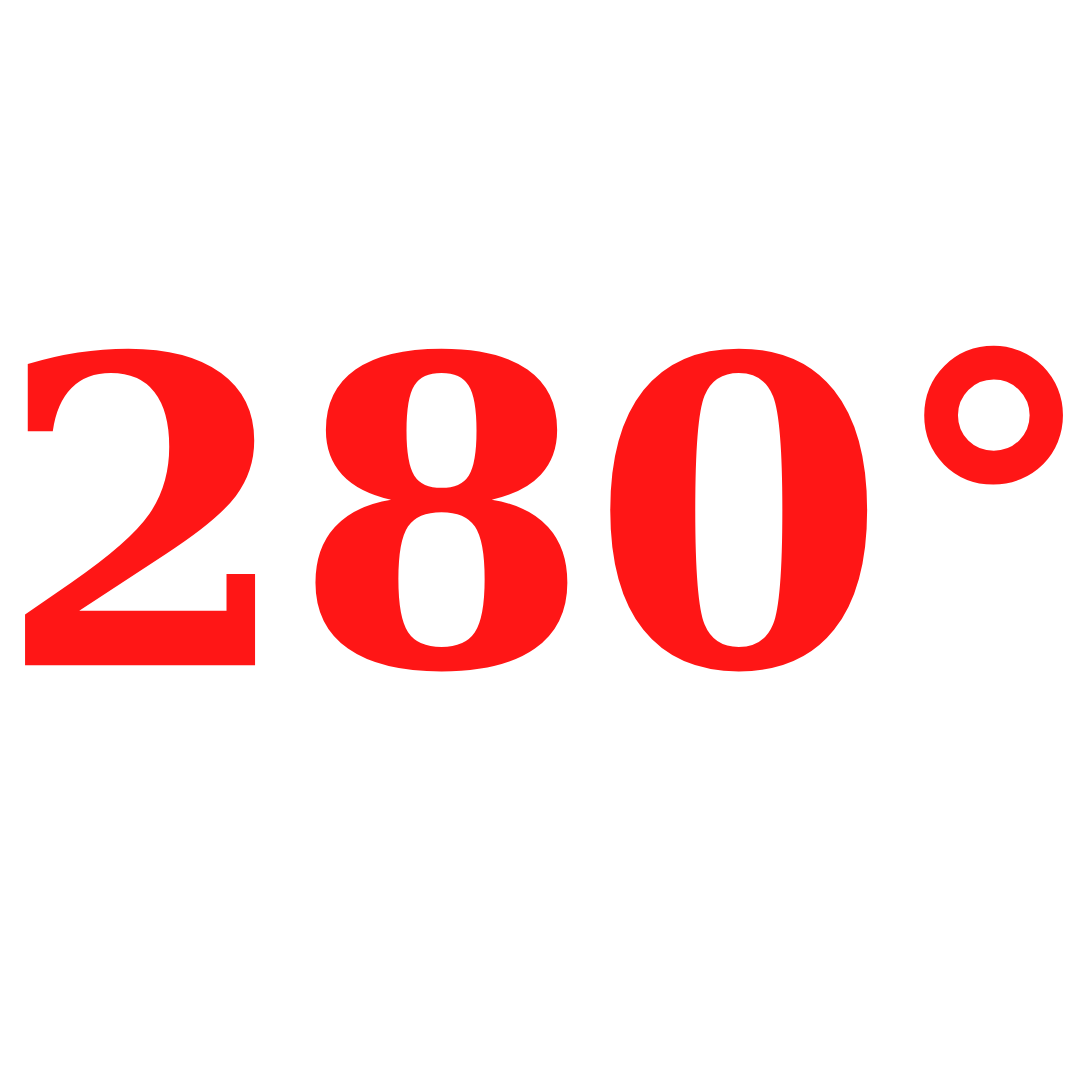 Low Temperature
Low Temperature
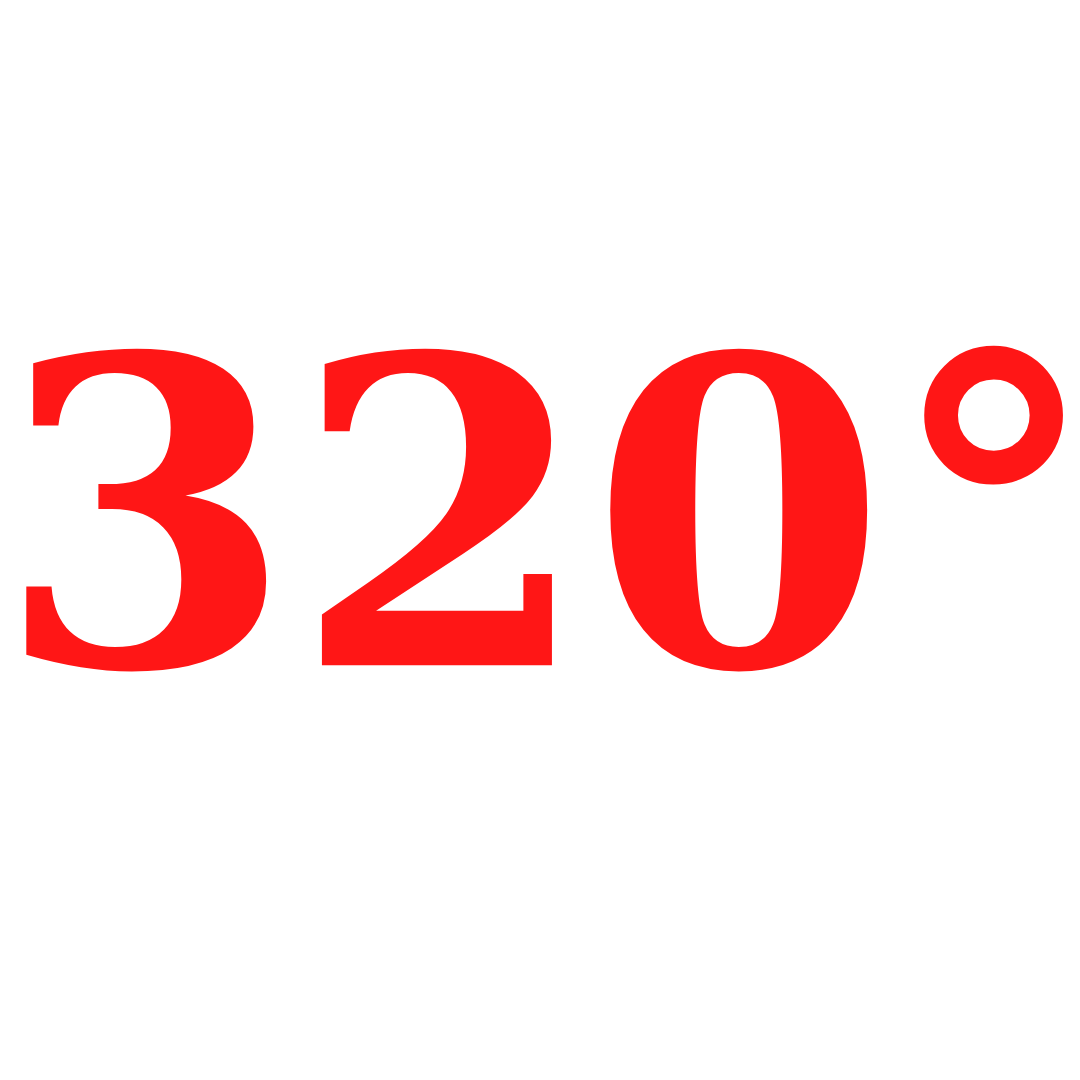 Mid Temperature
Mid Temperature
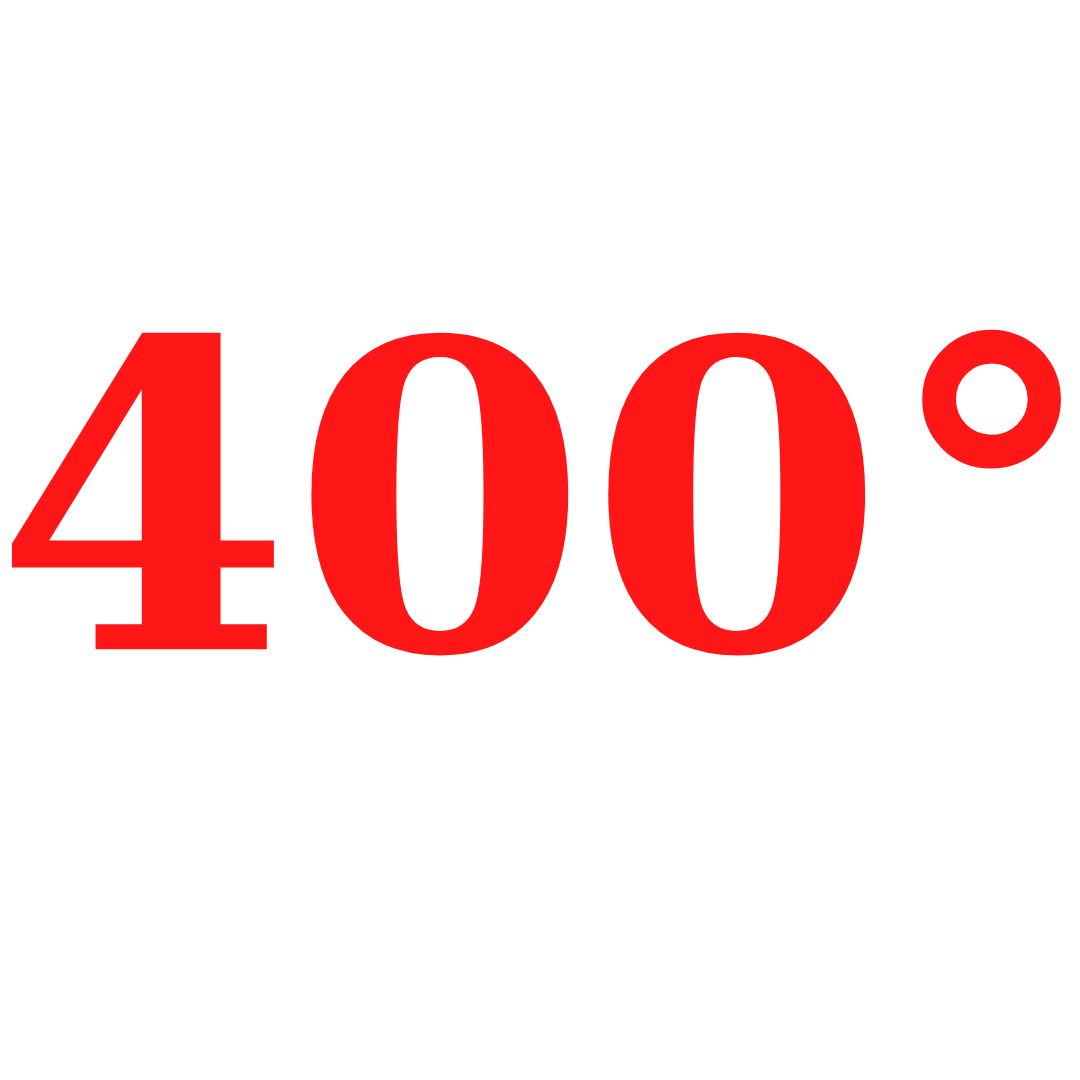 High Temperature
High Temperature
 Vapour Phase
Vapour Phase
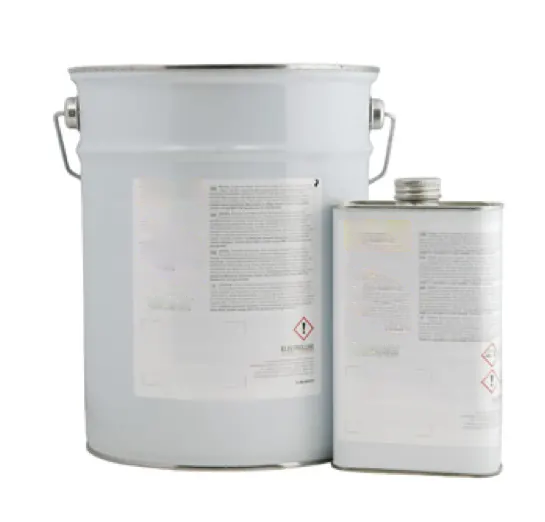

.png)
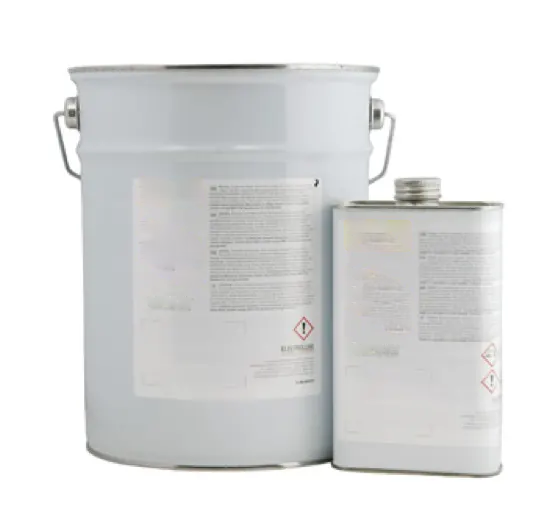
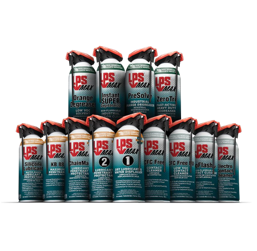 MRO Products
MRO Products
 Turbine Engine Oil
Turbine Engine Oil
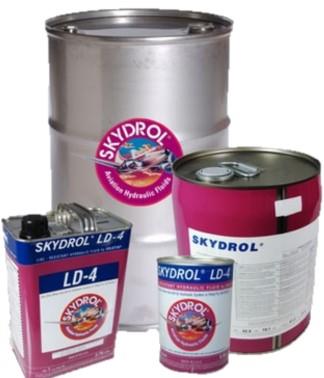 Hydraulic Fluids
Hydraulic Fluids
 Cleaners
Cleaners
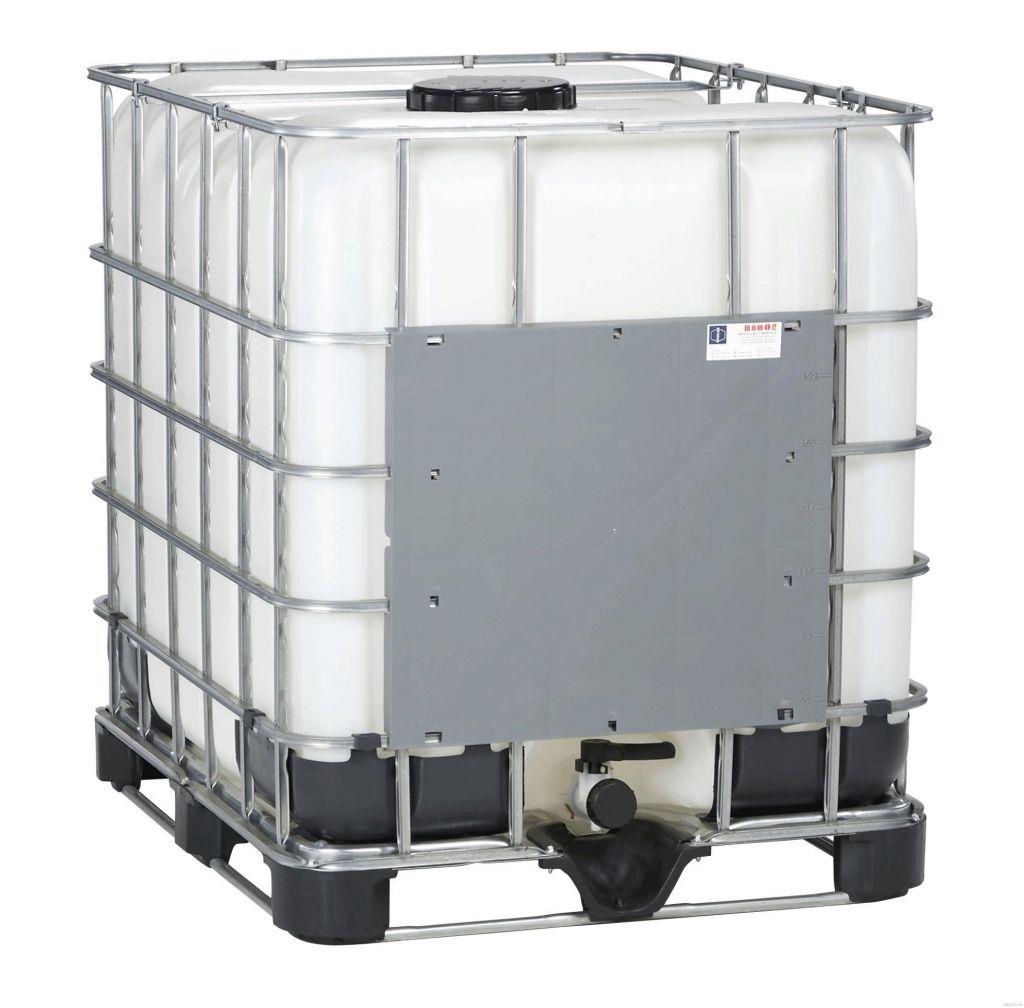 Anti Icing
Anti Icing
